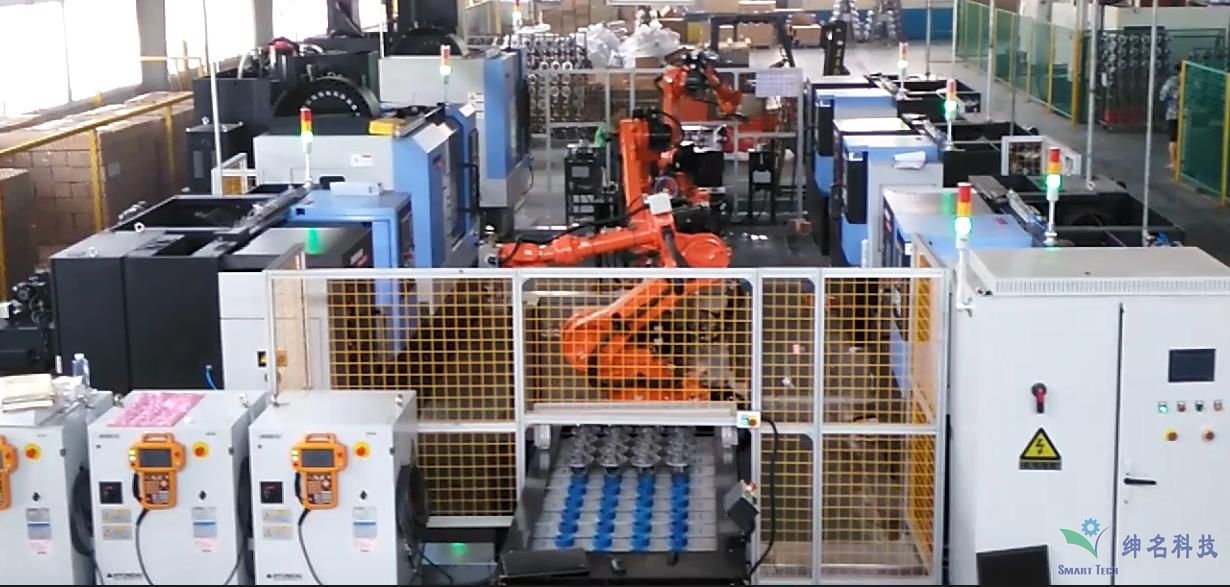31
2022
-
10
Industry Application | Differential Housing Automation Production Line
The automobile differential is a core structural component that drives the transmission. Its function is to transmit power to the two side half shafts while allowing them to rotate at different speeds, enabling the wheels on both sides to travel at different distances in a pure rolling manner, thereby reducing the friction between the tires and the ground. The differential mainly consists of left and right half shaft gears, two planetary gears, and a gear housing.
The differential is the core structural component that drives the gearbox of the car. Its function is to transmit power to the two half shafts while allowing them to rotate at different speeds, enabling the wheels on both sides to travel uneven distances in a pure rolling manner, thus reducing the friction between the tires and the ground. The differential mainly consists of left and right half shaft gears, two planetary gears, and a gear housing.
The differential housing serves as the framework for the planetary gears, half shaft gears, and cross shafts. Different vehicle models and differential structures have different shapes and structures, generally classified into integral and split structures. From a processing technology perspective, the integral differential housing is more challenging to manufacture.
The processing of the hemispherical surface of the passenger car differential housing is traditionally achieved through the following two methods:
1. Using a special umbrella knife to process this position, where the knife is in a retracted state when entering the inner hole, and opens to complete the processing after entering the inner hole. After processing, the umbrella knife is retracted and removed from the processing station. This solution does not require equipment modification, but the cost of a single tool is high, and the investment during the process is significant.
2. By modifying the lathe (lathe + rotary table), using a bent knife to achieve processing at this position, with the rotary table and CNC system working together to allow the tool to enter and process the inner hole. This solution has high equipment modification costs.
Traditional processes face significant challenges and cost pressures in achieving automated production lines for differential housings.
Product innovation:
1. Using a 2-axis universal CNC lathe, reducing the cost of a single machine.
2. By linking a regular CNC lathe with a robot, allowing the bent knife to enter and process the hemispherical surface.
3. Improved efficiency of the lathe, reducing tool costs.
4. Only requiring a change of tooling to achieve compatibility with more products.
5. Breaking the traditional notion that articulated robots are only used for automatic loading and unloading, making them more intelligent.

Application case:
The differential housing production line designed and manufactured by Beijing Shenming Technology Company has achieved automated processing, using articulated robots for loading and unloading, and linking articulated robots with CNC lathes to simulate the manual loading and unloading path of tools, allowing the bent knife for turning the hemispherical surface to automatically enter cutting and retraction actions, breaking through the traditional processing difficulties of hemispherical surfaces. Its advantages include reducing the procurement costs of equipment and tools, improving production efficiency, and achieving full-line automation and unmanned operation of the differential housing.
More news


